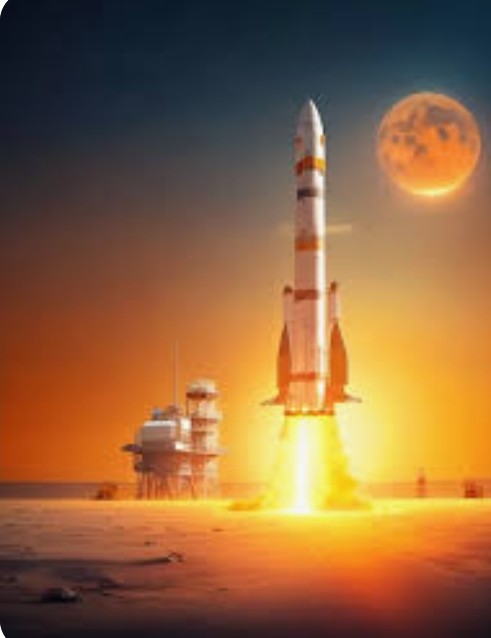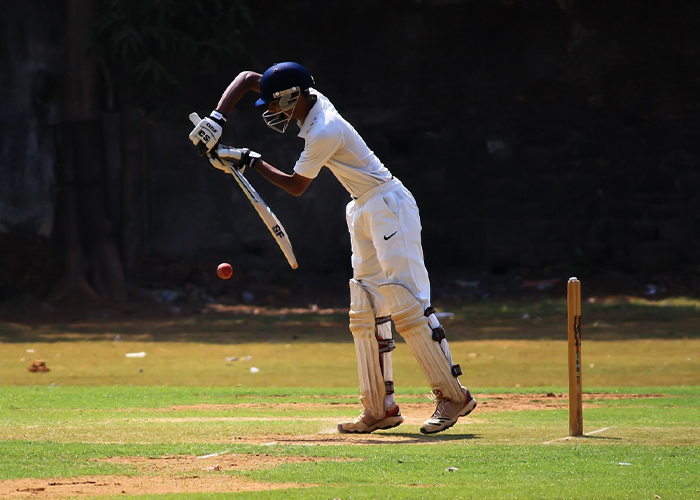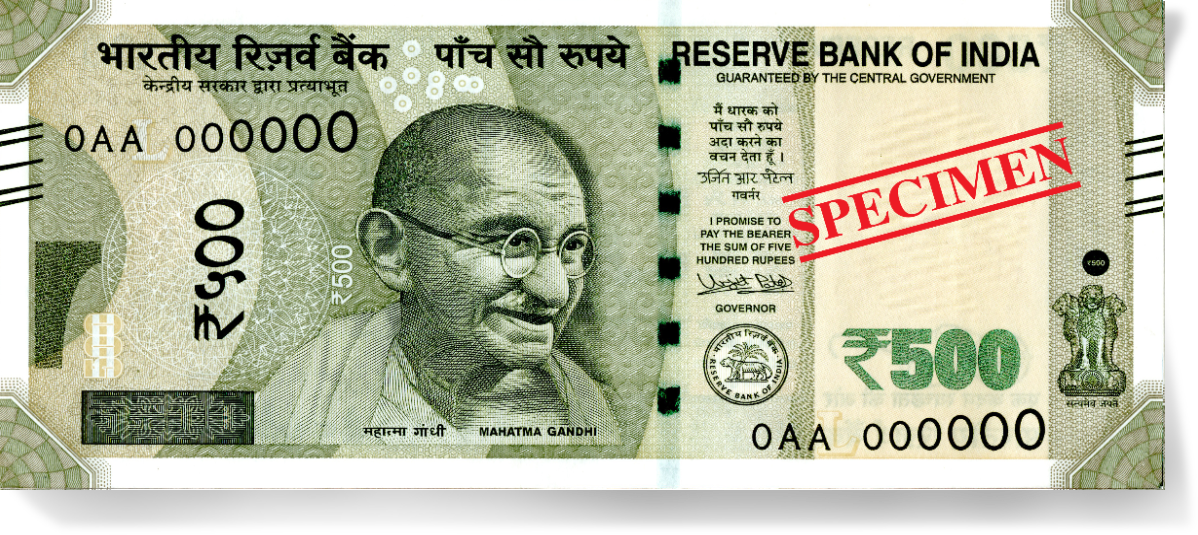Aditya-L1 Solar Mission Set for Launch from Sriharikota
Aditya-L1 Solar Mission Set for Launch from Sriharikota
The Indian Space Research Organisation (ISRO) is gearing up for the launch of its groundbreaking solar mission, Aditya-L1, scheduled for September 2nd at 11:50 am
Aditya-L1 Solar Mission Set for Launch from Sriharikota
The Indian Space Research Organisation (ISRO) is gearing up for the launch of its groundbreaking solar mission, Aditya-L1, scheduled for September 2nd at 11:50 am. This comes shortly after ISRO achieved a significant milestone by reaching the south pole of the Moon with Chandrayaan-3, which provided valuable insights into the lunar atmosphere and surface.
Launching from Sriharikota Spaceport
The Aditya-L1 solar mission will be carried out using ISRO's reliable workhorse rocket, the Polar Satellite Launch Vehicle (PSLV). The spacecraft, named Aditya-L1, will be launched from the Sriharikota spaceport. It's an ambitious mission aimed at studying the Sun from a unique perspective.
Studying the Sun from a Distance
Aditya-L1's primary objective is to become the first Indian space-based observatory-class solar mission to study the Sun. The spacecraft will be positioned in a halo orbit around the Lagrangian point 1 (L1) of the Sun-Earth system, situated approximately 1.5 million kilometers away from Earth. Unlike satellites in other orbits, Aditya-L1's position at the L1 point will allow it to continuously observe the Sun without any interruptions due to occultations or eclipses.
A Suite of Payloads for Observation
The spacecraft is equipped with seven payloads designed to observe various aspects of the Sun's behavior and activities. Four of these payloads are dedicated to studying the Sun's outermost layers, known as the photosphere and chromosphere. These observations will be facilitated using electromagnetic and particle field detectors.
Challenges and Innovations
The Aditya-L1 mission poses several challenges and innovations. Firstly, it involves stationing a spacecraft at a Lagrange point, a feat that India has not previously achieved. Aditya-L1 will be positioned at the L1 Lagrange point, which offers an unobstructed view of the Sun and is the closest of the five Lagrange points.
Understanding Space Weather
One of the mission's crucial objectives is to better understand the drivers behind space weather phenomena. By studying the dynamics of solar wind and phenomena such as coronal heating, coronal mass ejections, and solar flares, scientists aim to gain insights into the behavior of the Sun and its impact on Earth. These insights are especially valuable given the Sun's influence on radiomagnetic disturbances and space weather events that affect our planet.
Implications and Significance
Former ISRO scientist Nambi Narayanan emphasized the significance of studying the Sun in close proximity. The Sun, a hot fusion of helium and hydrogen, is the nearest star to Earth, positioned about 150 million kilometers away. The findings from the Aditya-L1 mission hold the potential to provide critical insights into the workings of the Sun and its effects on our solar system.
Cost-Effective Approach
While agencies like NASA and the European Space Agency (ESA) have previously launched orbiters to study the Sun, India's projects, including Aditya-L1, are known for their cost-effectiveness. This is achieved through strategic planning and utilizing reliable launch vehicles like the PSLV.
Journey and Timeline
The Aditya-L1 spacecraft's journey involves several phases. Initially, it will be placed in a Low Earth Orbit (LEO), followed by a transition to a more elliptical orbit. Eventually, the spacecraft will be propelled towards the L1 point using on-board propulsion. This journey will take approximately four months, after which Aditya-L1 will enter a large halo orbit around L1, providing continuous observations of the Sun.
In conclusion, the Aditya-L1 solar mission represents a significant step for ISRO in its pursuit of scientific exploration. By studying the Sun's behavior and space weather phenomena, the mission aims to uncover valuable insights that can enhance our understanding of the Sun-Earth relationship and contribute to space science advancements.
Tags: ISRO, Aditya-L1, solar mission, launch, Sriharikota
solar mission, Aditya-L1, Lagrangian point, Sun-Earth system, payloads,challenges, innovations, Lagrange point,space weather, solar wind, phenomena,significance, space science,cost-effectiveness, PSLV
By: Sunil Kumar, Attingal

























